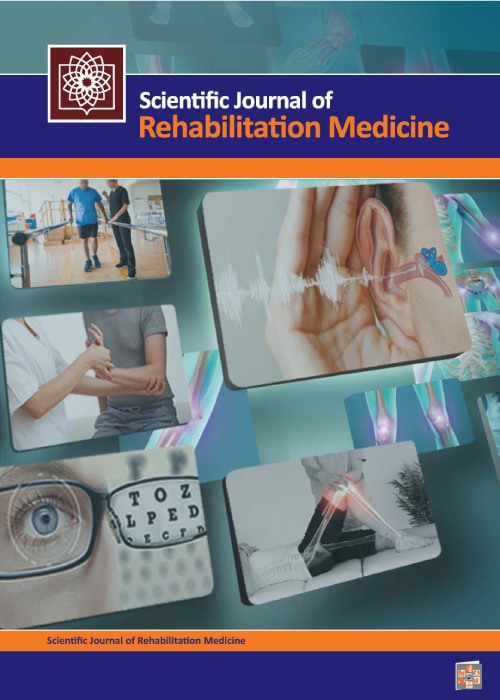The Effect of Two Methods of Aerobic and Parallel Training on Selected Blood Biomechanical Variables in Bilateral Femoral Artery in the 40-65-Year Old Patients After Coronary Angioplasty
Considering the exclusive effects of different training programs on structural, functional, and physiological responses of heart, vessels, and blood, cardiac rehabilitation programs have rehabilitated and therapeutic usage after heart attacks or angioplasty to reduce the rate of deaths caused by cardiovascular diseases. The research aims to examine the effects of two methods, aerobic and parallel exercises, on selected biomechanical variables of blood in the bilateral femoral artery in patients 40-65 years old after coronary angioplasty.
The research method is semi-experimental and prospective. The research was performed as pretest-posttest, with 90 male and female patients with coronary heart disease who had undergone angioplasty divided into three experiments (aerobic and parallel) and control groups. Forty minutes of aerobic exercise based on the American College of Sports Medicine (ACSM) guidelines followed by 20 minutes of resistance training twice a week was performed in the parallel exercise group. The Mean±SD was used for data description, Kolmogorov–Smirnov test was used for reviewing data distribution, Kruskal–Wallis non-parametric and Mann–Whitney post hoc test were used for abnormal variables, and ANOVA, Welch’s test, and Tukey post-hoc test were used for standard variables at a significance level of 0.05.
The results showed a significant difference in diastolic blood pressure of the left femoral after performing aerobic and parallel exercises. A significant difference was also seen in the velocity of blood flow in the left femoral’s diastole phase and blood pressure of the left femoral in the systole phase after performing parallel exercises. Comparing the effect of two training methods on selected biomechanical variables of blood, no significant difference was observed between the two methods.
It is recommended to use the beneficial effects of aerobic and parallel exercises to improve biomechanical variables of blood with appropriate intensity and duration in patients 40 to 65 years old following coronary angioplasty.
- حق عضویت دریافتی صرف حمایت از نشریات عضو و نگهداری، تکمیل و توسعه مگیران میشود.
- پرداخت حق اشتراک و دانلود مقالات اجازه بازنشر آن در سایر رسانههای چاپی و دیجیتال را به کاربر نمیدهد.



